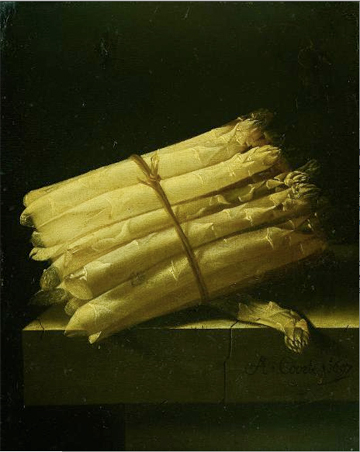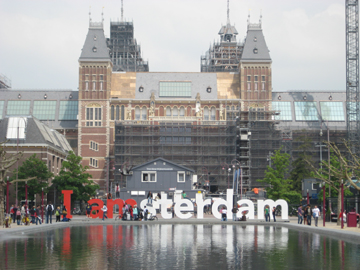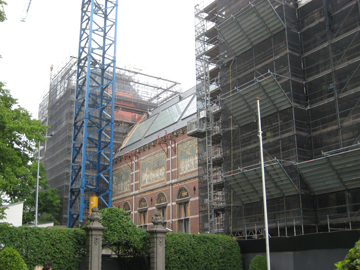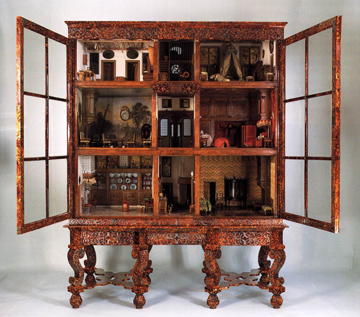Over the past few years, I have developed a persistent desire to live and work in the Netherlands. My fantasies of Dutch relocation have been largely indulged and inflated through publication envy, funding-for-the-arts envy, contemporary-art-institution envy, and access-to-Europe envy.The main problem with this interest, though, is that it has been nursed from afar; up until this June, I had previously only spent three days in the country.
During my next two weeks of guest blogging, I will reflect upon my recent trip to the Netherlands (May 30 – June 15, 2010), one that I embarked upon with the hope that through interviews, site visits, and bar conversations, I might come away with a deeper understanding of the functioning of and my interest in the Dutch art world (grounded in actual experiences). As I revisit that journey with you, I will discuss encounters, artworks, individuals, and institutions that served to bolster or erode my romantic vision.
[youtube:https://www.youtube.com/watch?v=to2OjhFWu-M]
It took a surprisingly short amount of time for my bubble of naiveté to burst.* Upon disembarking the plane, an artist friend welcomed me to the Netherlands by flatly stating (and I paraphrase) that there’s nothing going on with contemporary art in Amsterdam. While this was not what I was hoping to hear in the first twenty minutes, I swallowed the urge to protest and gave him a concerned and knowing nod.
(*Rest assured, it will re-inflate.)
I had anticipated this attitude—to an extent. After all, I had done my research and was well aware of consistent criticism over Amsterdam’s plague of museum closures (with both the Stedelijk Museum and the majority of the Rijksmuseum having been closed since 2003). But my list of places that were open and intriguing had steadily been growing, and like a lab technician eschewing the scientific method, I was already convinced my hypothesis was true.
Keen to imbibe the spirit of Dutch Art, I figured the Rijksmuseum was a good first stop. But even in a haze of jet lag, forking over €12,50 to see 1/1000th of the massive building had me questioning my commitment. (The Rijks and others could take a tip from Amstelveen’s COBRA Museum, who, during my recent visit, thoughtfully adjusted their the entrance fee since a major portion of the museum was closed for installation.) But ultimately, the proximity of three-hundred year old milkmaids and Jewish brides got the best of me.
There’s something about the omnipotent authority of the child over her dollhouse. In the commanding hand that can bring to life or make waste of a tiny world, the foundations of powerful women are laid. For Petronella Oortman, the 17th century patrician’s wife who spent roughly twenty years and a small fortune assembling the dollhouse pictured above, the exercise goes beyond the realm of amusement, and becomes one of prestige, money, and influence. Dollhouses like these (of which two of the three known to exist are on view in the Rijksmuseum) document aristocratic Dutch life in Petronella’s time. With the help of a well-placed ladder, I was able to peer in at many of the features specially crafted for this showpiece: Chinese porcelain, hand-carved wooden furniture, silver flatware, and embroidered tapestries. In its imposing six-foot stature and meticulous details, Petronella’s dollhouse manages to be at the same time both larger than life and a miniature scale model of it.

Adriaen Coorte, "Still Life with Asparagus," oil on paper mounted on board, 1697. Courtesy Rijksmuseum, Amsterdam.
Though hung in a room replete with still lives, I was transfixed by Adriaen Coorte’s humble bundle of asparagus, which emerges from the shadows glowing with a divine luminescence. But as history (and wall text) informs us, we aren’t to be fooled by chaste assumptions. This market fare may be tightly belted, but as one free stalk hints as it playfully bends towards the viewer, asparagus embodied an unspoken potency in 17th-century Dutch society.
For all of the public’s and my own complaints about the high price and low square footage of the present Rijiksmuseum experience, I’m confident that I got my fill. It would have been lovely to view works from its other impressive collections, but given it took me 2.5-3 hours to view what the museum estimates should take an hour (and includes a healthy dose of Vermeers, Rembrandts, and van Loos), I’m not sure my body could handle it—by the time I reached the capstone of the collection, Rembrandt’s The Nightwatch, I was personally ready to usher in the end of the Golden Age.
I left the Rijksmuseum suitably steeped in the traditions of the Dutch masters. And while it wasn’t the contemporary art world that I’d come to investigate or that my friend had denounced, I reflected on Nannucci’s maxim and was sated. Blinking as my eyes readjusted to Amsterdam’s moody skies, I was eager to see what else the city had in store—it was, after all, asparagus season.






